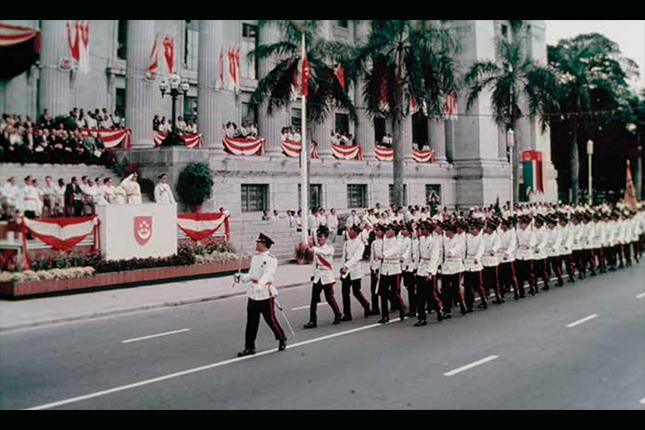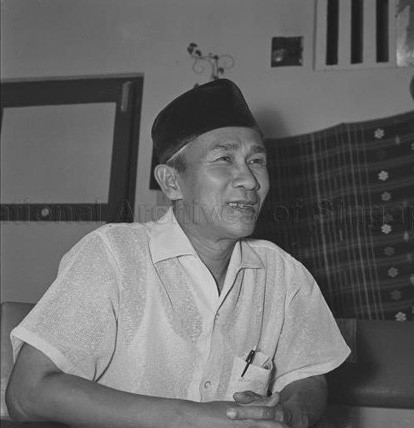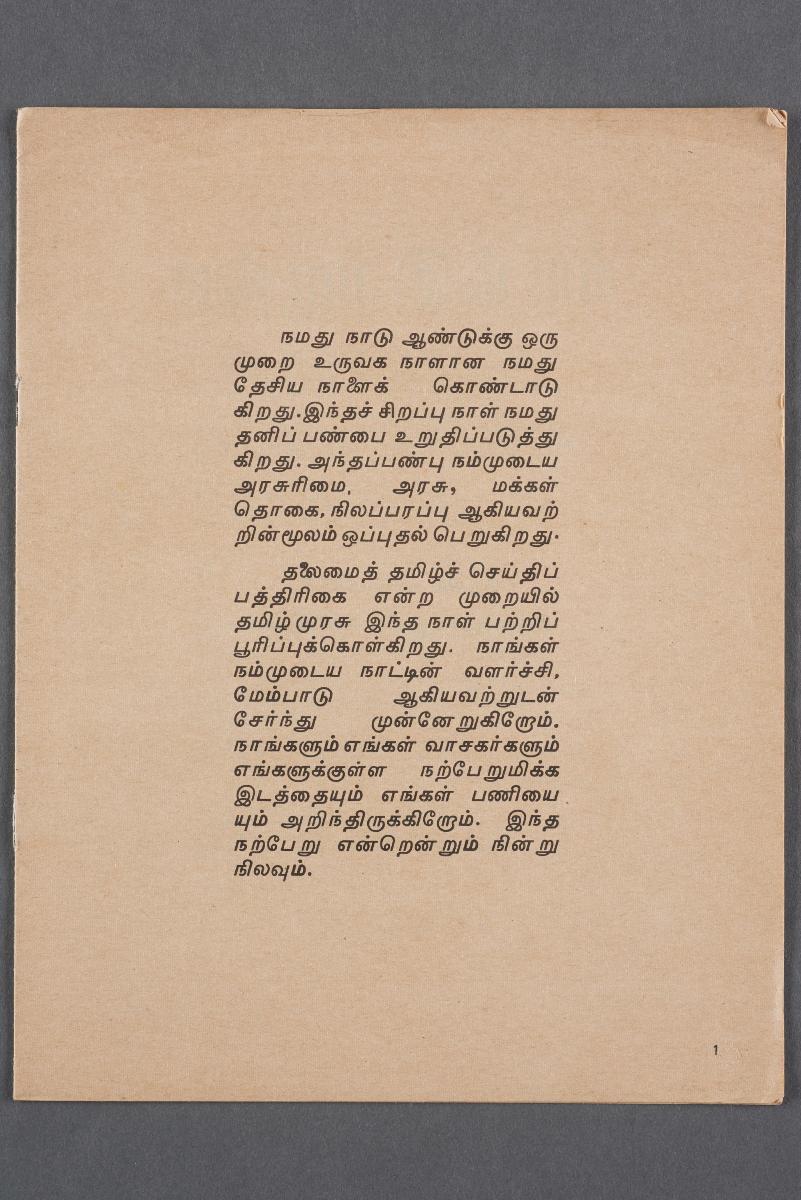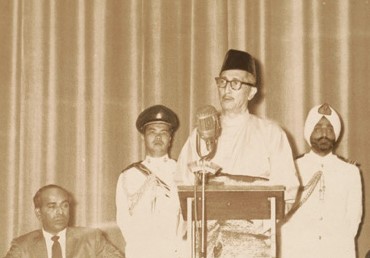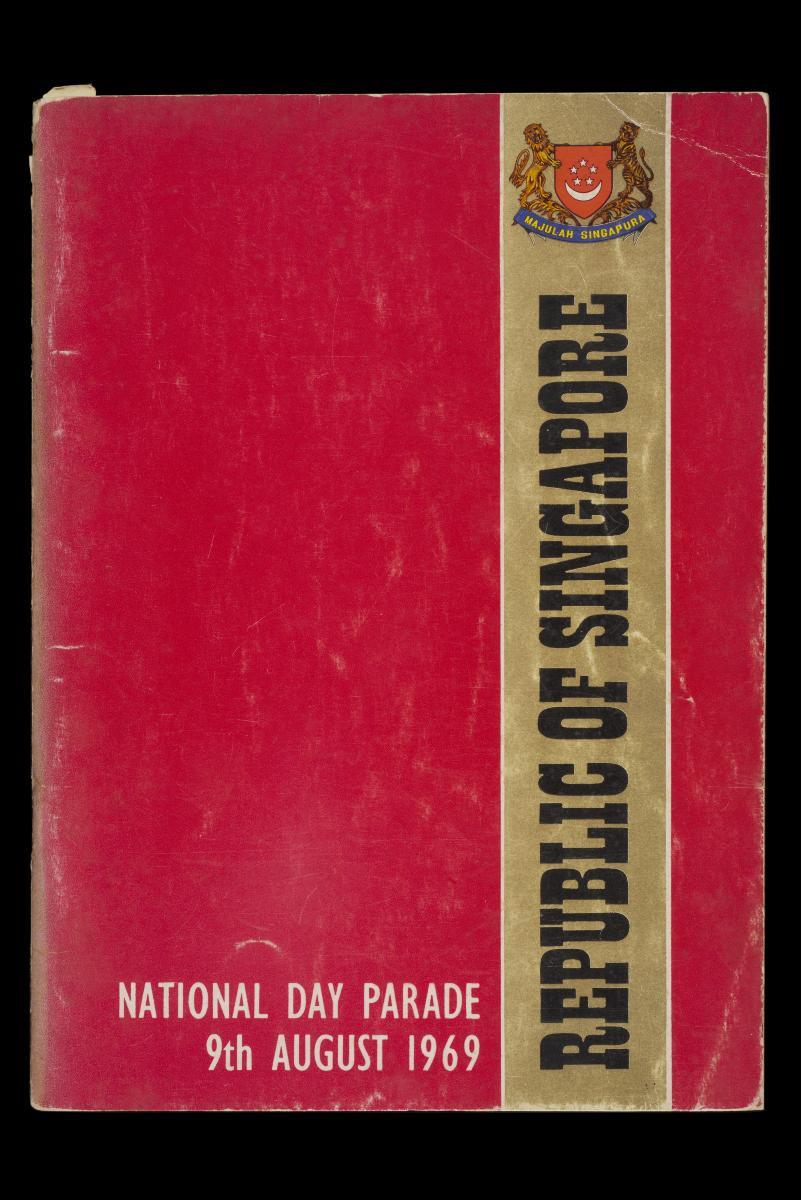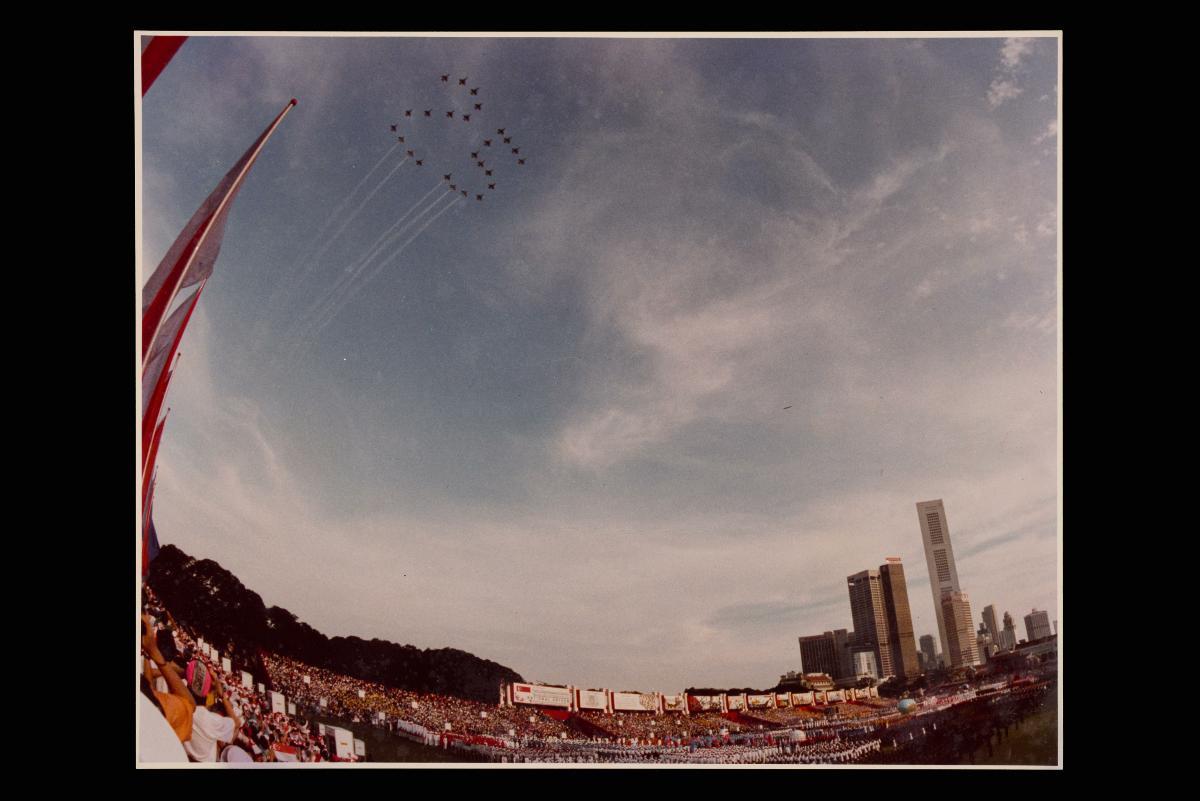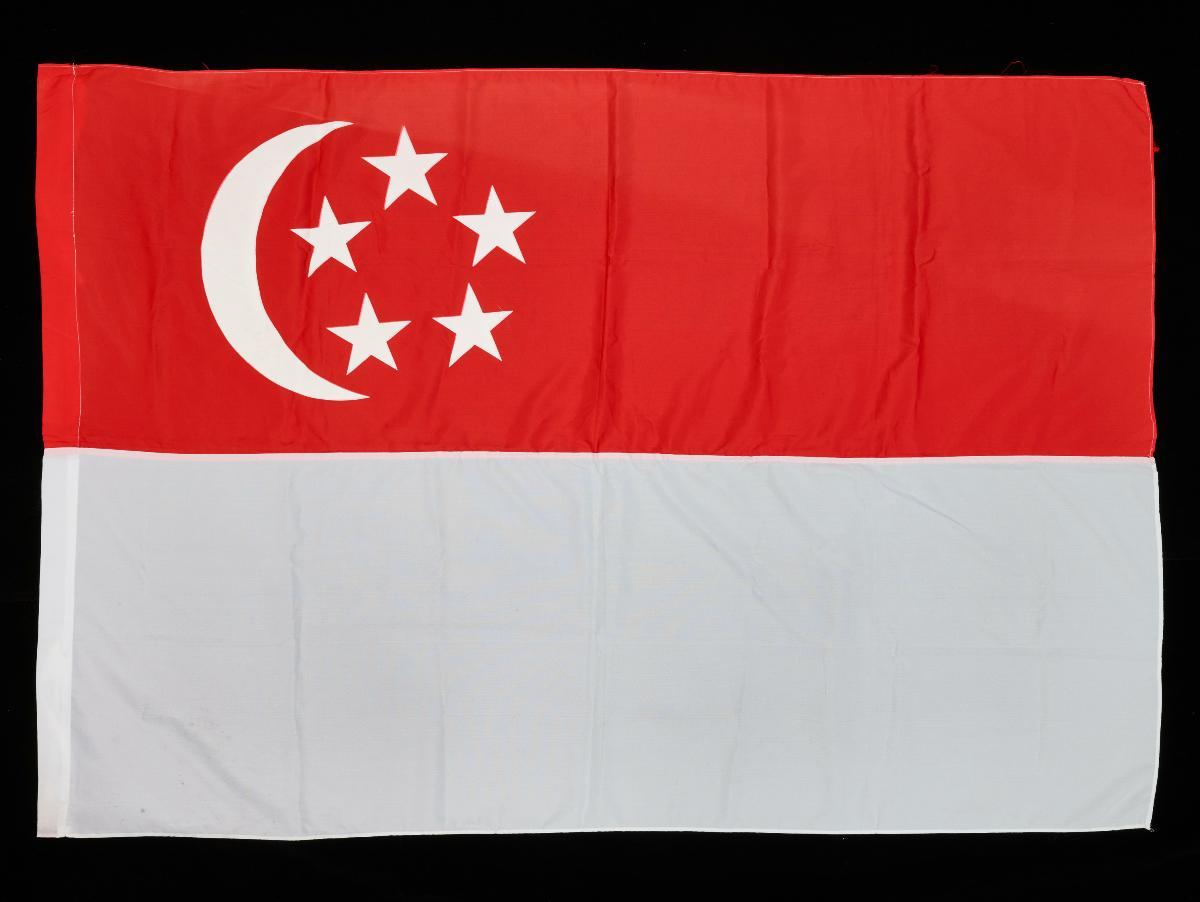Spotlight
Discover

Former Kandang Kerbau Hospital (KKH)
Built between the 1930s-1950s, Blocks 1, 2 and 3 of the former Kandang Kerbau Hospital showcase the hospital’s instrumental role in advancing midwifery, maternal, and gynaecological care in Singapore.
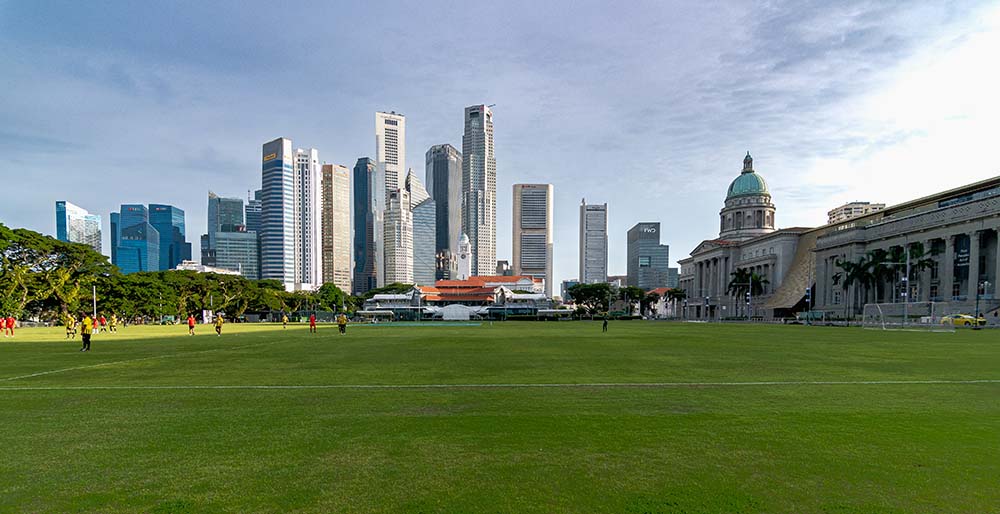
The Padang
The Padang (‘field’ in Malay) is one of the oldest open spaces in Singapore and part of the area reserved for government use after the establishment of the British settlement in 1819.








